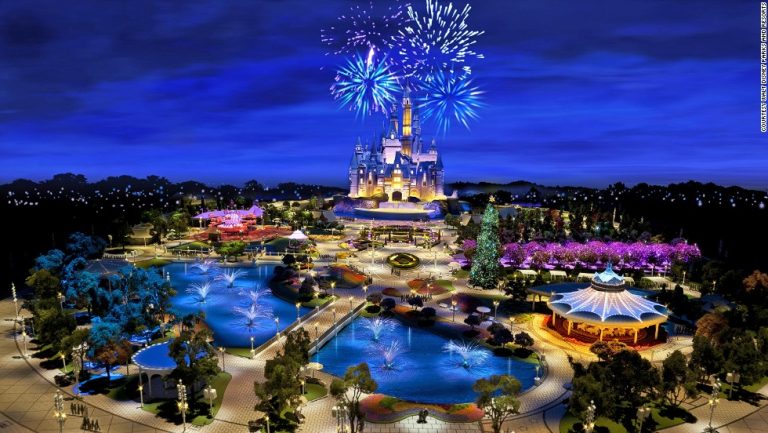
The $5.5 billion Shanghai theme park by Walt Disney Co (NYSE:DIS) has attracted a lot of visitors according to the company’s CEO Bob Iger. According to Iger this is the largest investment by Disney and is expected to record high rate of growth right from the first year of operation. The park has already recorded 11 million visitors.
Iger has pointed at the possibility of opening another park in China in the future but currently all the focus is directed towards Shanghai in the near future. The statement about Shanghai came just a few days after the company announced closure of its Euro Disney SCA, which has been in existence for the last 27 years.
This is the first time the company has recorded such success within a short period of time within the last thirty years. With 11 million visitors, the park is currently among the top seven theme parks globally. The park has also beat Disney Paris and Hong Kong. It closely rivals Tokyo Disneyland which registered 16.5 million in visitors in 2016. Magic Kingdom located in Orlando, Florida, registered over 20 million visitors last year.
Disney’s success in China comes at a time when the middle class in the Asian country is growing and getting wealthier. According data from Bloomberg, the theme parks and resorts business adds up to about a fifth of the country’s total profit.
Disney’s 13 other parks reported a drop in the number of visitors last year according to a report released by Themed Entertainment Association in conjunction with Aecom, an engineering company. in overall, the company reported a 14% drop at its Paris Disneyland and 10% at its Hong Kong Disneyland. The Paris Disneyland reported 9.8 million visitors while the Hong Kong one reported 6.1 million visitors.
According to the same report, U.S-based parks also recorded a drop which ranges from 1% to 2%. The drop is mainly attributed to higher prices which were initiated to reduce on overcrowding at the parks. The company rarely discloses the details of attendance at its parks. The Shanghai resort is famous for overcrowding.




